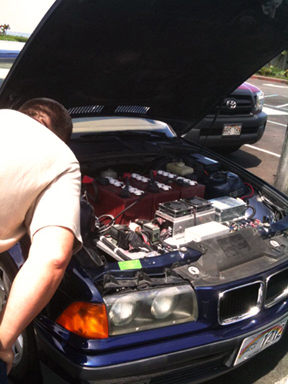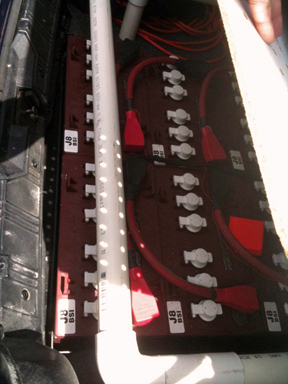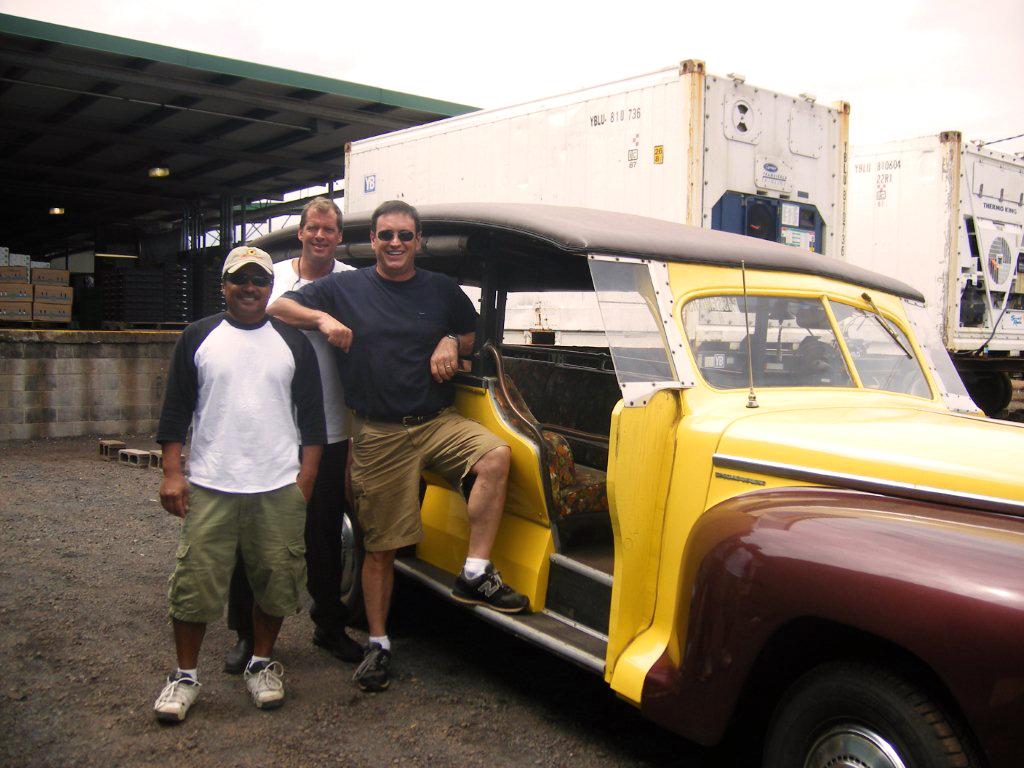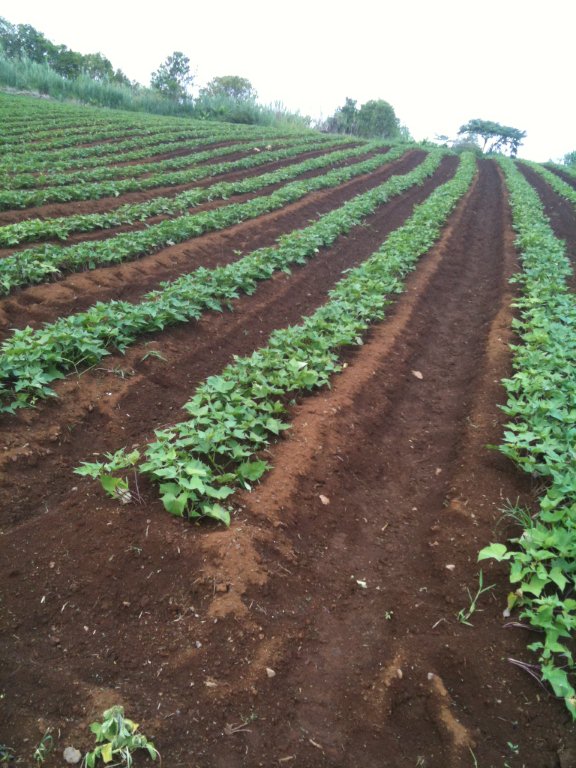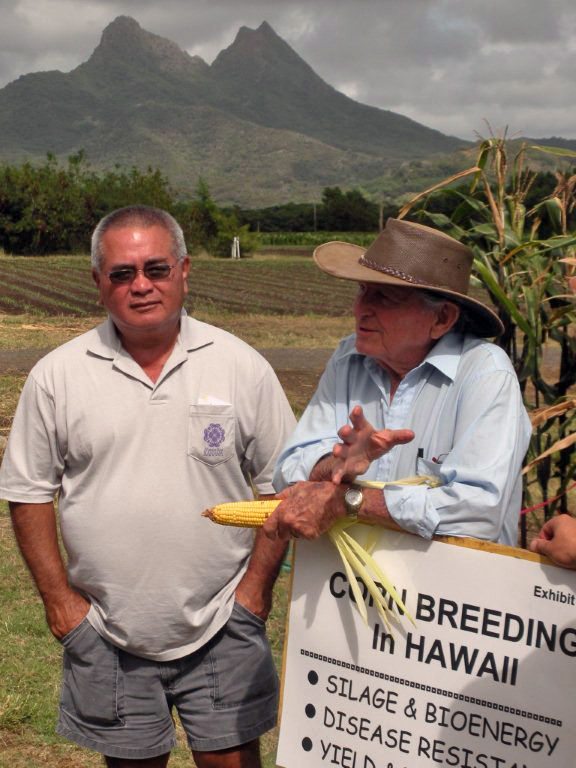I learned something interesting at the Peak Oil Conference I’m currently attending in Denver. It’s about a pattern. When U.S. oil costs exceed four percent of the gross domestic product – so, when the price of oil hits $80 per barrel – we go into recession. (Note that this does not mean oil prices won’t go even higher than $80 per barrel.)
David Murphy talked about Energy Return on Investment (EROI), and I asked him what he thought the EROI is for geothermal. He said around 10 to 1, and, he agreed with me that it is an attractive alternative energy to pursue for Hawai‘i. This was the concensus of everyone I asked about geothermal. Because geothermal costs are stable, it’s a no-brainer.
Terry Backer, a panel member and long-time Connecticut legislator, pointed out how he sees the economy unwinding. He said that people in his state had been doing okay. In early 2007, although things were tight, people had around a $400-500 per month cushion. But then the price of heating oil was high in the winter, and then the price of gas went to $4.50 per gallon, and food prices went up too. It just stripped people of their “cushion.”
It’s exactly why we need to move to geothermal. It will stabilize costs, and protect folks forever from ever-higher electricity and water bills that result from rising oil prices.
And when people start buying electric vehicles, this will protect them from gasoline costs, too. As for businesses, their customers will have more discretionary income to spend. The government will see fewer folks fall through the cracks.
In the final analysis it is about the consumers. Consumers drive the economy. We tend to forget that.
For native Hawaiians, the use of the geothermal resource will generate revenues in royalties and possibly rents as well. They are consumers, too.
Biofuels, on the other hand, are not expected to be cheaper than oil, and may even need subsidies from consumers. Why would we do that, when we can instead save consumers money by using geothermal?
We need to put in a cable to O‘ahu. They need base/dispatchable power over there, on top of which they can put solar and wind. Without that, O‘ahu will be hopelessly dependent on oil.
As a farmer, I am concerned about where we are going to get the fertilizer to feed ourselves. Nitrogen, the building block of protein, is extracted from air using high heat and pressure. Oil and gas are what is used now, and that process takes lots of power. But if oil and gas prices rise enough, geothermal power can be substituted. We need to place ourselves in a position to win.
Again, geothermal would generate a lot of royalty money for the Hawaiian people. Without this revenue source, we will see more and more cuts to social services.
Geothermal can be a blessing for the Hawaiian people.


